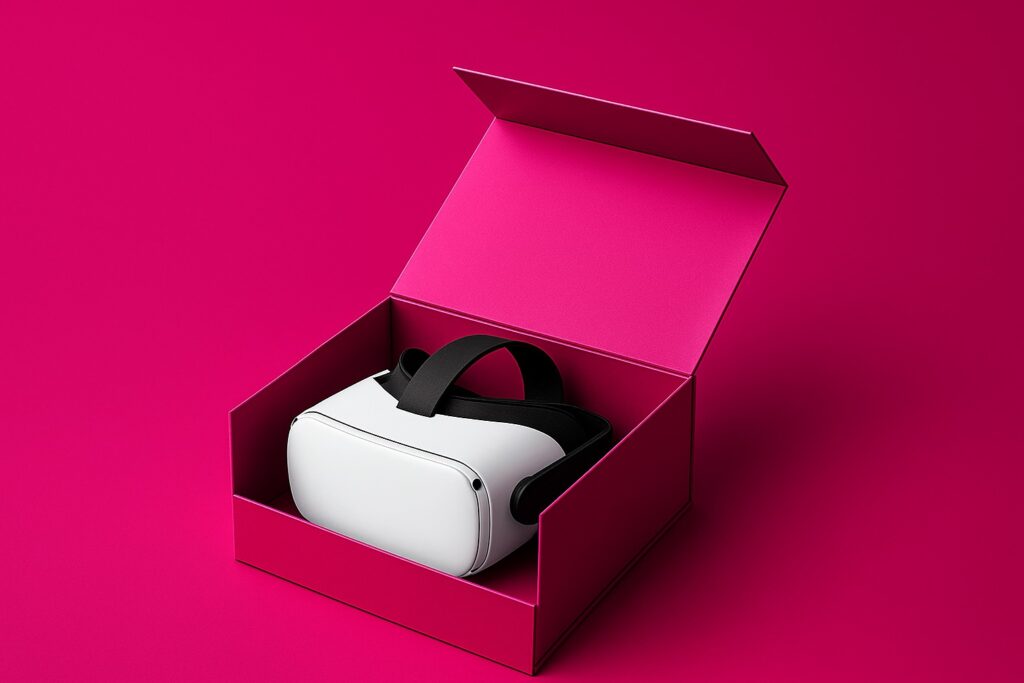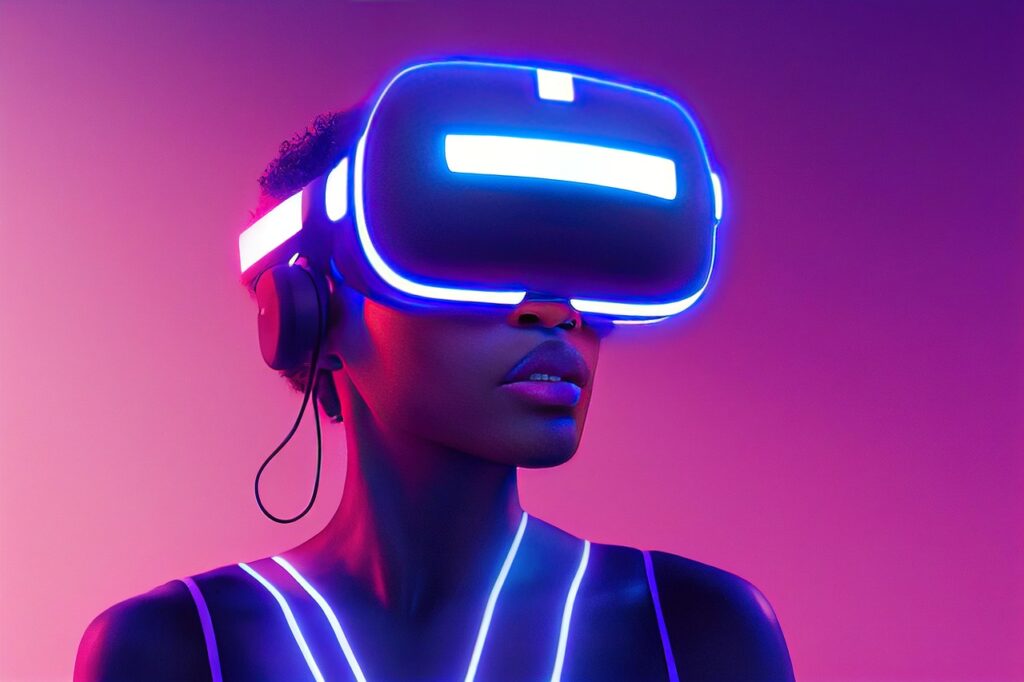Virtual Reality (VR) and Augmented Reality (AR) in museums allow exhibits and displays to come to life and become increasingly popular. Interactive museums improve the visitor’s experience and enable them to attract a wider audience. Thanks to the very high level of interaction, VR and AR in museums and exhibitions have the incredible ability to make you rediscover the world. It is impossible to underestimate the role museums play in our society; they are responsible for preserving priceless works and their dissemination to enrich the visitors. Thanks to the current situation, the evolution of immersive media further accelerates the digital transformation of art and museums into augmented reality museums and exhibitions.
What is an interactive museum exhibit?
Building virtual and augmented reality museum exhibitions is a perfect way to give a new life to old items. Museums aim to entertain and educate, and such interactive digital stories can be successfully achieved through Virtual Reality (VR), Augmented Reality (AR), and related technologies. With these technologies, visitors that go to interactive exhibitions and AR museums can see additional digital content by looking at real objects in the exhibit and with the only need of a mobile device.
What are the advantages of Augmented Reality museums and exhibitions?
AR museums and exhibitions can attract people’s attention and keep them focused on exhibitions for longer. It has been proven that we remember best when we see, interact, and experience things. And the numbers show that – researchers have found that immersive interactive learning is 70-90% more effective than traditional. Augmented Reality confirms this fact. 3D visualization in AR applications helps people better understand information. Augmented reality in museum environments can engage, entertain, and educate in an interactive and fun way, but that’s not all. Interactive museum exhibits can utilize many useful tools, like AR museum apps, which work perfectly for augmented reality museum tours, and augmented reality museum exhibits.
The added values of implementing immersive technologies:
- – Leverage customer experience
- – Be accessible to everyone and from anywhere
- – Give people a 100% chance to interact with exhibits
- – Make learning more accessible and more enjoyable
- – Enhancing user engagement
- – Attract a new audience and increase revenue

How to create an interactive museum exhibit
AR museums and AR exhibitions can attract people’s attention and keep them focused on exhibitions for longer. It has been proven that we remember best when we see, interact, and experience things. And the numbers show that – researchers have found that immersive interactive learning is 70-90% more effective than traditional. Augmented Reality confirms this fact. 3D visualization in AR applications helps people better understand information. Augmented reality in museum environments can engage, entertain, and educate in an interactive and fun way, but that’s not all. Interactive museum exhibits can utilize many useful tools, like AR museum apps, which work perfectly for augmented reality museum tours, and augmented reality museum exhibits.
Get in touch to explore how we can bring your AR museum concept to life!
Virtual Reality in museums exhibitions
The power of Virtual Reality is the embodiment and immersion in the moment. That’s why the perfect answer to the question of how to make museums more interactive is: AR and VR exhibitions. The advantage of using VR in museums is that visitors can feel as if they are part of someone else, understand different views, and engage in these interactions instead of just watching the exhibit in a traditional setting within the purchasing process.
One of the examples where we used VR was the transformation of the old museum in Bruntál, which after 20 years came to life and exchanged exhibits of animals placed in dioramas for modern technology. Virtual Reality in Oculus glasses is available for visitors, where a series of 360-degree videos of selected forest community animals is prepared. It’s a huge difference — thanks to Virtual Reality, it will engulf you, and you can soak up the atmosphere in these interactive museum exhibitions.
The power of Virtual Reality is the embodiment and immersion at the moment. The advantage of using VR in museums is that visitors can feel as if they are part of someone else, understand different views, and engage in these interactions instead of just watching the exhibit in a traditional setting within the purchasing process.
One of the examples where we used VR was the transformation of the old museum in Bruntál, which after 20 years came to life and exchanged exhibits of animals placed in dioramas for modern technology. Virtual Reality in Oculus glasses is available for visitors, where a series of 360-degree videos of selected forest community animals is prepared. It’s a huge difference — thanks
Augmented Reality in museums and exibitions
AR differs slightly because it can overlap information, people, or objects in physical space, so museums and galleries can be populated by a combination of physical and digital communication, details, or people/objects. This means visitors will get more information when they view exhibitions using AR.
An example of AR technology is the interactive museum of Tatra cars. In this augmented museum, after reading the QR codes, visitors will follow an augmented reality museum tour to see photos of historic and modern vehicles, videos, 2D animations of the operation of individual vehicles or directly 3D models of vehicles via exhibition sails with AR. Thanks to Augmented Reality, visitors can try driving with a digital Tatra on a remote control straight at the museum. As not all models have been preserved, visitors will view selected chassis in the application on the aforementioned Augmented Reality principle. Visitors will be able to look inside the vehicle for selected cars using a 360-degree photo.

We understand the importance of good old traditions and concepts and concerns regarding the surrender of culture to technology. That is precisely why we believe in VR and AR. It is not about changing, replacing or ceasing things but about complementing them with extra layers of information so that the learning process becomes more complex, efficient and highly engaging. We hope that technology will be used more to increase engagement and offer an interactive way of learning. We like the idea of helping AR museums and exhibitions to take advantage of the new opportunities provided by the new generation of immersive technologies. Want to dig more into the solutions, check out all YORD projects!
Please fill out the form below to get started on your AR museum idea!
👋 get in touch
By clicking the “send” button, I agree to the collection and processing of my personal data as described in the Privacy Policy.





